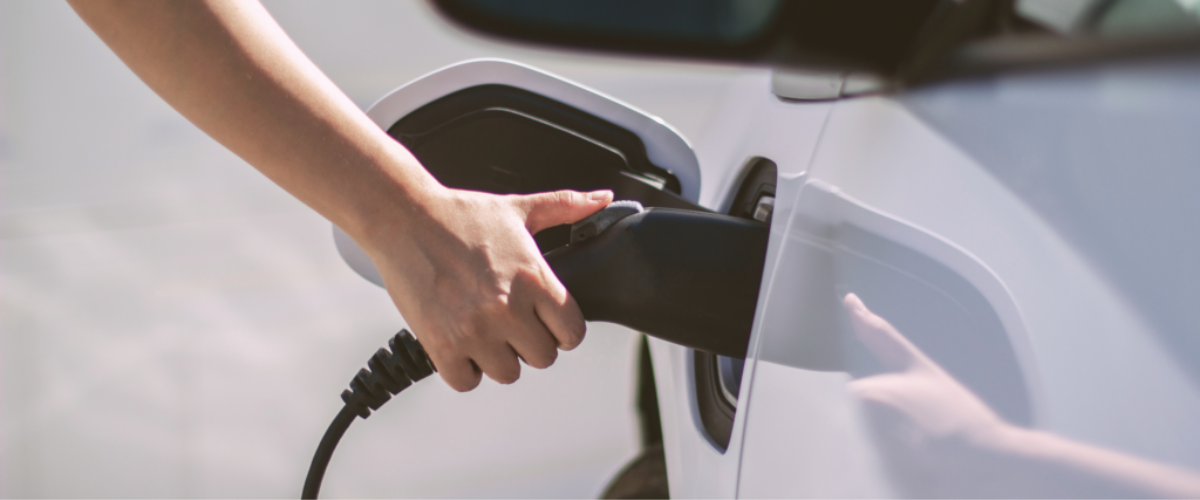Electric vehicle (EV) chargers play a crucial role in the adoption and convenience of electric mobility. Among the most commonly discussed types of chargers are single-phase and three-phase EV chargers. Understanding the differences between these options can help users make informed decisions about their charging needs.

Single-phase EV chargers operate on a single alternating current (AC) waveform. This type of electrical service is standard for most residential homes. These chargers typically offer a power output ranging from 3.7 kW to 7.4 kW. This means that for every hour of charging, the EV battery receives 3.7 to 7.4 kWh of energy, depending on the charger’s capacity and the vehicle’s compatibility.
A single-phase EV charger requires only one hot wire to function. Common power rates for single-phase Level 2 chargers vary from 3.6 kW to 9.6 kW, drawing a current of 15 to 40 amps through a single-phase wire. While slower than their three-phase counterparts, these chargers are sufficient for overnight home charging and are widely compatible with residential electrical systems.
Three-phase EV chargers utilize three alternating current waveforms, typically available in commercial and some high-capacity residential settings. These chargers can deliver significantly higher power outputs, ranging from 11 kW to 22 kW or more in specific setups. For every hour of charging, a three-phase charger can add 11 to 22 kWh of energy to an EV battery, making it an excellent option for rapid charging.
Three-phase chargers require three hot wires to operate and demand a balanced load from the power grid. This load distribution ensures that the electrical currents are divided equally across all three phases. Power rates for three-phase chargers typically range from 3.6 kW to 22 kW, with a three-phase current drawing 5.2 amps to 31 amps. These chargers are ideal for commercial use or homes equipped with three-phase electrical infrastructure.
One of the most notable differences between single-phase and three-phase EV chargers is the charging speed. Three-phase chargers deliver more power, significantly reducing the time required to charge an EV compared to single-phase chargers. For example, a vehicle that takes 10 hours to charge with a single-phase charger may only take 3 to 5 hours with a three-phase charger.
Single-phase chargers are best suited for residential users who typically charge their vehicles overnight. These chargers offer sufficient power for daily commuting needs. Conversely, three-phase chargers are ideal for commercial settings, fleet operations, or households with higher power demands. They are also suitable for users who prioritize faster charging times.
Single-phase chargers are generally more affordable to install and maintain due to their simpler electrical requirements. On the other hand, three-phase chargers involve higher installation costs, especially in locations without existing three-phase infrastructure. However, the faster charging capability may justify the additional expense for certain users.
The kWh rating of a charger indicates how much energy it can transfer to an EV battery within an hour. Single-phase chargers typically offer up to 7.4 kWh per hour, while three-phase chargers can provide up to 22 kWh per hour or more. Users should consider their daily driving needs and battery capacity when choosing a charger.
Interestingly, three-phase EV cables are compatible with single-phase charging setups. This flexibility allows users to invest in a three-phase cable even if they only have access to a single-phase charging station. However, the reverse is not possible; single-phase cables cannot be used for three-phase charging.
When selecting a cable for home use, it is essential to consider the kW capacity of the home charging station. This ensures optimal performance and compatibility with your vehicle’s charging requirements.
Type 1 charging cables are designed exclusively for single-phase charging. These cables are relatively rare and are typically found on specific car models such as the Kia Soul EV, Citroën C-Zero, and Peugeot iOn. The maximum power output of Type 1 cables is 7.4 kW, making them suitable for standard residential use.
Type 2 charging cables are more versatile and widely used in both single-phase and three-phase charging setups. There are Type 2 cables that support both single-phase and three-phase charging, as well as those designed exclusively for single-phase charging. When selecting a Type 2 cable, ensure that it supports at least as many phases as required by your vehicle and charging station.
For instance, if you have access to a three-phase charging station and a vehicle compatible with three-phase charging, opt for a three-phase Type 2 cable to maximize efficiency and reduce charging times.
Choosing between single-phase and three-phase EV chargers depends on your specific needs, budget, and infrastructure. Single-phase chargers are cost-effective and ideal for residential use, while three-phase chargers offer faster charging speeds and are better suited for commercial or high-demand applications. Similarly, selecting the right charging cable is essential to ensure compatibility and optimal performance.
By understanding the differences between single-phase and three-phase charging, EV owners can make informed decisions that enhance their charging experience and support the transition to electric mobility.
